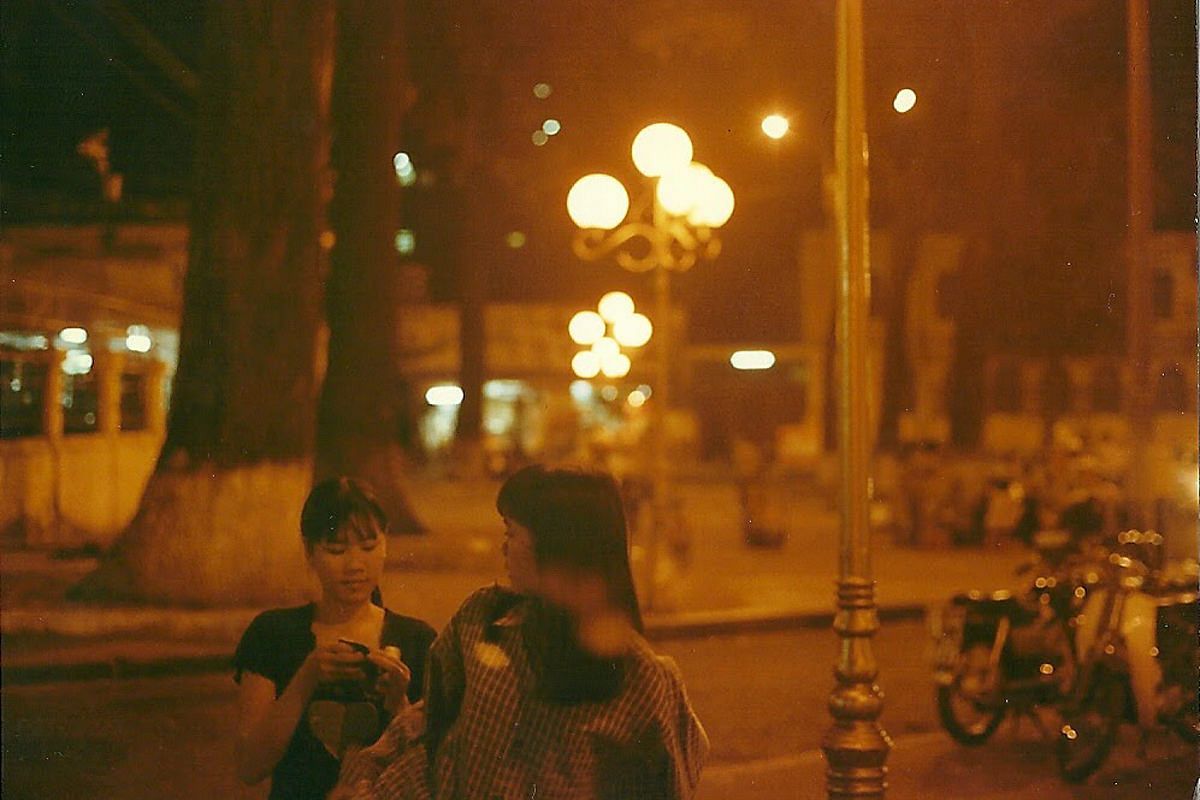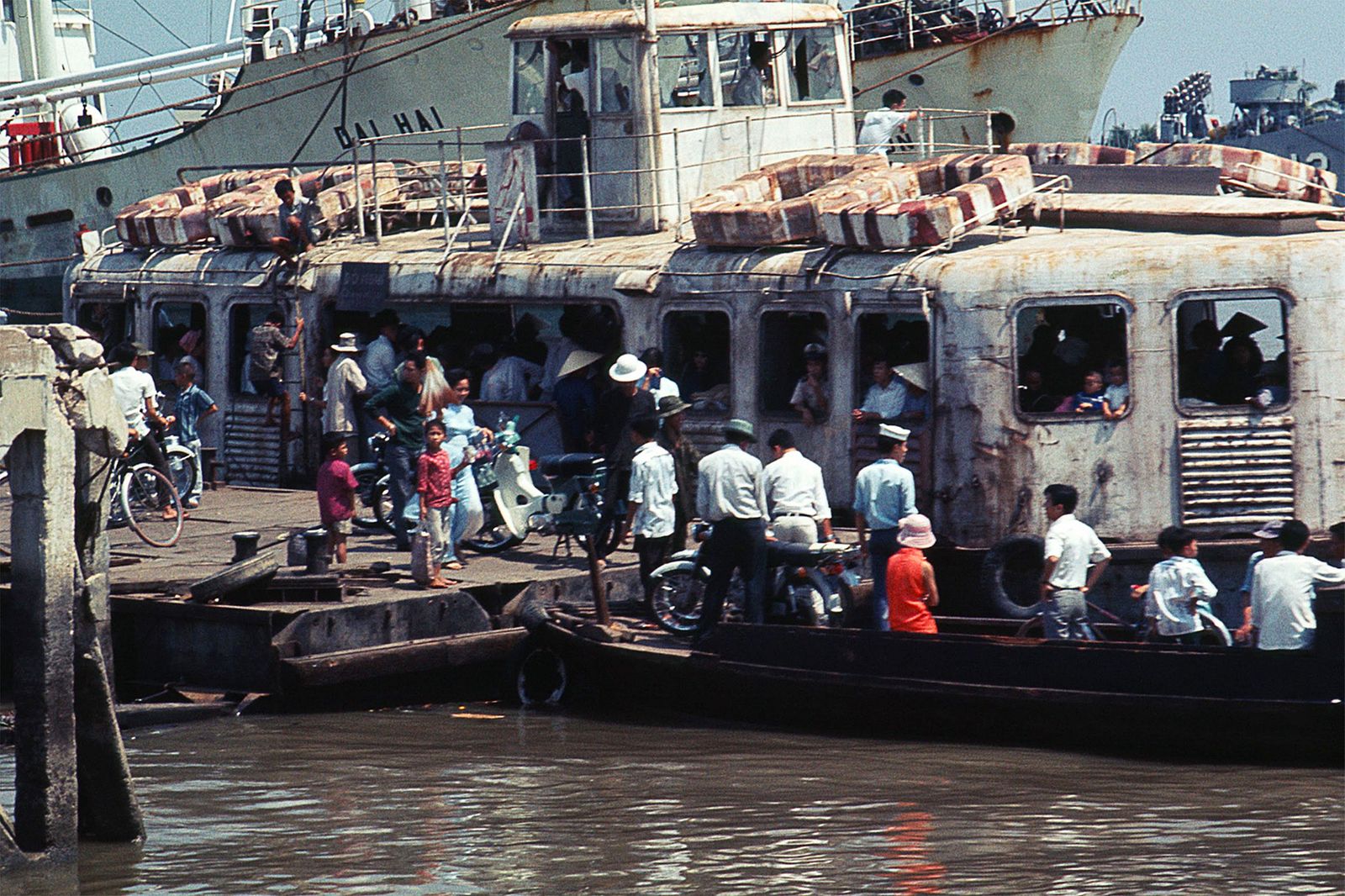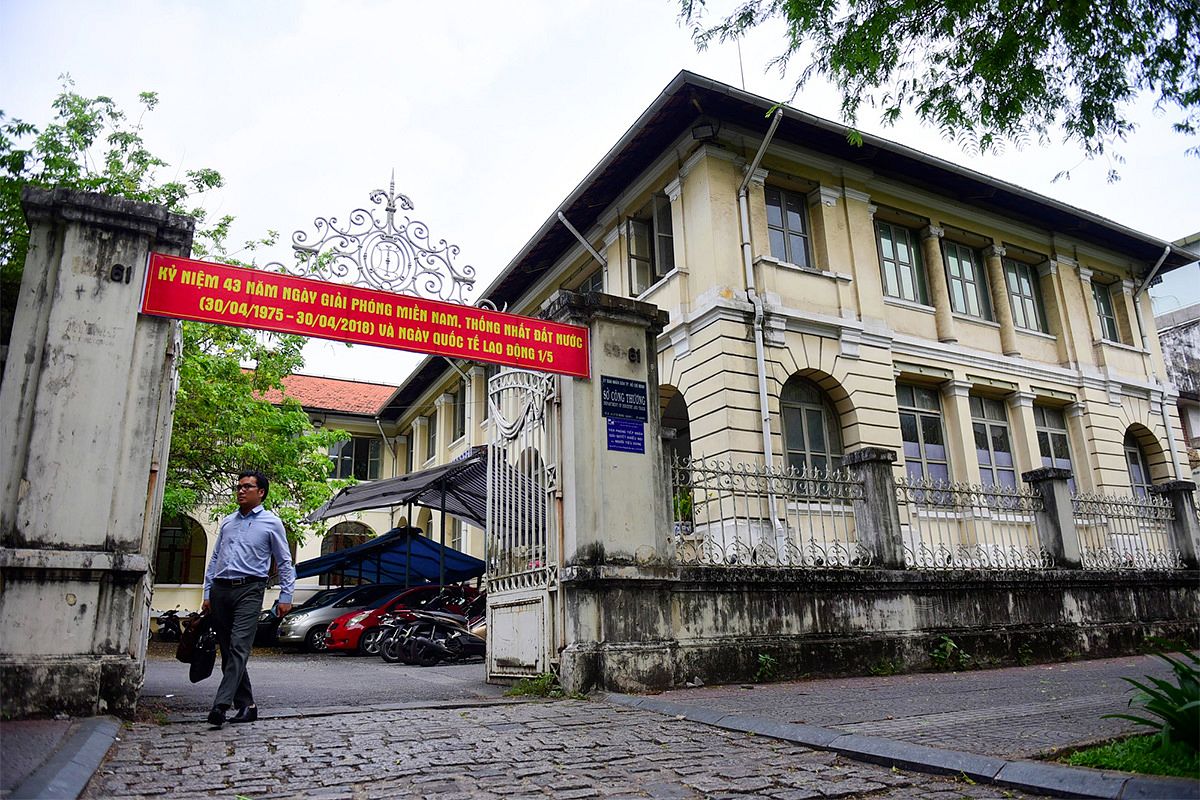Despite his peaceful nature, Vietnamese Buddhist monk Thich Quang Duc is known today as “the monk who set himself on fire”, serving as a symbol of protest against religious discrimination. In today’s Saigon, the venerable monk lends his name to a cozy neighborhood street in Phu Nhuan District, away from the hustle and bustle of inner city life.
Thich Quang Duc was born in 1897 as Lam Van Tuc. He grew up in Khanh Hoa province in a big family with six other siblings. At the tender age of seven, young Tuc left home to study the Dharma under Thich Hoang Tham, who was both his maternal uncle and spiritual guru. Eight years later, Tuc officially joined a monastery and read the samanera vow as a novice monk. By the time he was 20 years old, he was ordained as a monk and took on the Dharma name Thich Quang Duc.
It wasn’t an easy time to be a Buddhist back then. South Vietnamese President Ngo Dinh Diem was a Catholic, though at least 70% of the population followed Mahayana Buddhism, and Diem was controversial for putting in place many policies that granted Catholics an edge in public service, military opportunities, land allocation, business registration and even tax cuts.
Vietnam’s Buddhist community had been unhappy for a long time, however, their furor finally boiled over in May 1963 after the government forbid them from flying the Buddhist flag in Hue on Buddha Day, or Vesak Day, a yearly event that celebrates the birth of Buddha. The ban was especially unfair to the community as just a few days before, Catholics had been allowed to put up Vatican flags to celebrate Archbishop Ngo Dinh Thuc in Hue.
Following the ban, disgruntled Buddhists gathered in Saigon for a protest. They expressed defiance by flying the banned flag and marching on the state’s broadcasting station. Nine people were killed after government soldiers fired into the crowd.
Well before this Buddhist crisis erupted, Thich Quang Duc had personally formed a suicide pact with a friend and colleague living in northern Vietnam, promising that should the government start mistreating the Buddhist community, they would take their own lives.
Duc eventually decided to fulfill his part of the pact on June 10, 1963, when he was 66 years old. The site of the incident was at the intersection of Phan Dinh Phung Boulevard and Le Van Duyet Street (now renamed Nguyen Dinh Chieu Street and Cach Mang Thang 8 Street, respectively).
Upon getting out of the car, Duc sat down on the street in the traditional Buddhist lotus position and let a colleague pour gasoline over his body. He started to recite the well-recognized chant “nam mô A Di Đà Phật” ("Homage to Amitābha Buddha"). Another monk then lit a match and dropped it on the petroleum trail leading to Thich Quang Duc, whose body was quickly engulfed in flames and black smoke.

Photo via NPR.
New York Times journalist David Halberstam, who was present at the intersection at the time, wrote of the monk’s self-immolation:
I was to see that sight again, but once was enough. […] Behind me I could hear the sobbing of the Vietnamese who were now gathering. I was too shocked to cry, too confused to take notes or ask questions, too bewildered to even think... As he burned he never moved a muscle, never uttered a sound, his outward composure in sharp contrast to the wailing people around him.
His body was completely immolated after 10 minutes, to the shock and grief of bystanders. A group of monks quickly covered what was left with yellow robes and tried to put the remains in a coffin. Duc was transported to Xa Loi Pagoda in District 3, where a funeral was later held.
Photojournalist Malcom Browne’s photos of the incident quickly made their way around the world through wire services, becoming the front page image of newspapers worldwide. Historians widely regard the self-immolation as the turning point in Vietnam’s Buddhist crisis and, later on, the fall of President Diem’s administration.
Decades after a war that left most of Vietnam struggling with poverty and trauma, the country has managed to picked itself up to become one of the region’s most robust economies. However, in a series of famous photographs, such as Nick Ut’s “Napalm Girl” and “The Execution of Nguyen Van Lem” by Eddie Adams, the pain of Vietnam’s political turmoil exists as if it were yesterday. Browne's photograph, for which he would later win a Pulitzer Prize, is one of the American War's most iconic images.
















